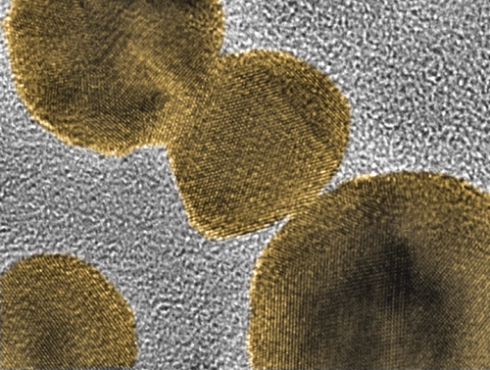Medicine in Miniature

Biologists are beginning to understand how to prevent unwanted proteins binding to nanomedicines – a process that often renders them useless, explains Iseult Lynch
The Biologist Vol 62(1) p20-22
Nanotechnology has opened up a range of opportunities in medicine, including earlier diagnosis of disease, targeted and controlled delivery of drugs, and the potential for combined diagnosis and therapy, or theranostics.
Nanoparticles are similar in size to key functional units in cells, such as the lipoprotein complexes (which range from 8-10nm to about 90nm) used to transport cholesterol and other essential nutrients into cells. Nanomedicine aims to take advantage of this similarity to deliver molecules to specific cells or sub-cellular organelles.
Nanoparticles have enormous surface area relative to their volume and so bind readily with proteins and other biomolecules. Indeed, the binding of proteins and other biomolecules to nanoparticle surfaces is key to their ability to engage with the recognition sites on cellular receptors.
Want to continue reading this article?
Click to login.


